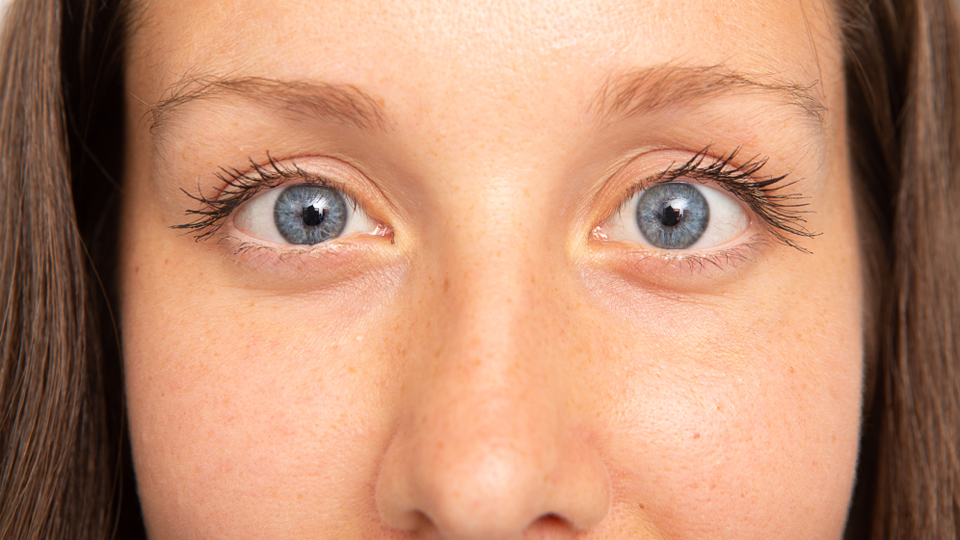Vitreoretinal complications in high myopia
09/01/2026

09/06/2022
This test allows us to check if there is any kind of limit on the extraocular muscles responsible for helping our eyes to move. The Lancaster red-green test diagnoses partial and total paralysis of these muscles, which causes strabismus (squinting).
A grey screen with a grid that has nine central positions of gaze and twelve peripheral ones is used for this test. The aim is to study these different eye positions. The patient stands one metre from the screen with the grid head on wearing glasses with red lenses in one eye and green in the other.
The optometrist will indicate each of the positions of gaze with a light and the patient has to try to align their light on top of them. One will be red and the other green, just like the glasses, depending on which eye is being checked.
The patient's responses are marked on templates on which all the eye positions are represented. The difference in these positions compared to the template is used to obtain information on the limits of the patient's muscles and will then be assessed by an ophthalmologist specialising in this field.
Raúl Angulo Domínguez, optician-optometrist at the Barraquer Ophthalmology Centre